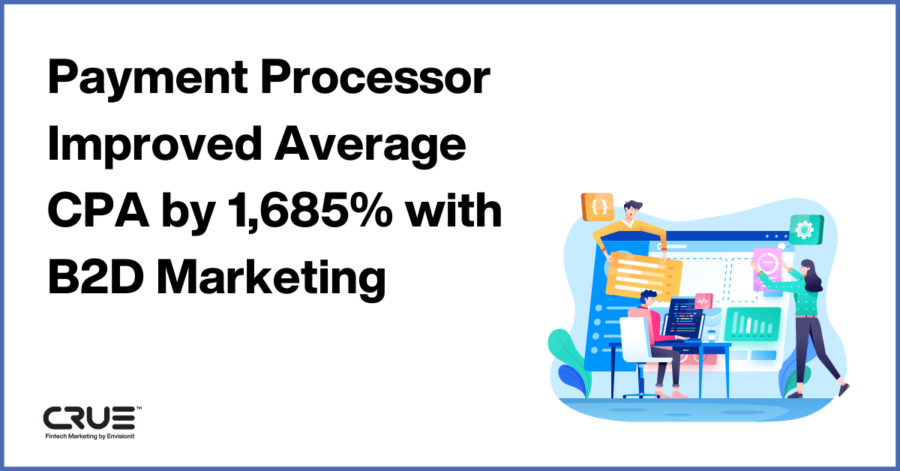So, you’re ready to launch a new website. Top 5 critical components to a successful start.
These days, having a web presence to reflect your business is table stakes. Every company needs one and it’s imperative that it sends the right message about your brand, performs well in a marketing capacity and effectively support sales efforts.
Time and time again as we engage with a client in building a new website or redesigning an outdated one, we find projects that have the same initial hurdles impacting cost, timing and the overall experience of working on the initiative.
Our goal is for the experience to be enjoyable, momentum to be achieved and to offer the best value. To do that, however, there are a few foundational elements that must be in place to hit the ground running. Here we’ve narrowed our list down to the 5 most important things to acknowledge before you set out on building your new website.
1. Know who you are as a brand.
Sounds simple, right? Well, you’d be surprised how many companies, both new and well-established come into the initial discovery phase only to find that they have a hard time communicating or aligning on the foundational elements of their brand. Practice this. Get in a room with your leadership team and ensure you can speak to the following items.
- Who are you, what do you best and what do you stand for? (stated as simply as possible.)
- What is your core offering? What are your product and/or service lines?
- What are your greatest strengths and unique competitive advantage?
- What are your biggest challenges and threats as a business that you need to overcome?
- What are your key messages?
- What do you value most as a company?
If you can’t answer some or all of these questions, note those areas you’re struggling with so that we’re in a position to discuss what needs to be true to get there.
2. Be honest about what you don’t know.
It’s not uncommon for us to work with companies that have areas of ambiguity as they try to describe who they are. Some common ones include:
- Service lines are evolving and in flux
- Companies are operating in reaction mode as their industry shifts
- Rapid growth is acting as a catalyst for executive leadership changes
- Products are in early-market stages and still need a lot of audience and market research
All of these can amount to confusion or misalignment. That’s okay. The quickest way to overcome these types of challenges is to talk candidly and early about where you know you need work. We’re here to build a website that reflects your business in the best way possible so that it performs to your goals. It’s tough to do this when these challenges interfere with the process. So, let’s identify our obstacles and put a plan in place for how we will overcome them.
3. Know who you’re talking to.
Be ready to explain who you believe your audience to be. Be candid if more research needs to be done to hone in on the right targets. (That’s what we’re here for!) No matter what, we do a level of research and data analysis on our targets. but hearing our clients’ perspective on what their experience has been with their audience is very valuable.
Now, when you think about your audience, consider how they will use your website. You may have prospects, customers, candidates or other types of users the site needs to serve. It isn’t easy to build a destination that speaks to everyone’s needs, but it’s what we do best. One exercise that can help is making a list of each major user type and then summarizing each in the following statement:
- As [User A], I found this site by ________ and am here so that I can ________.
Additionally, we must connect this to what the business’ goal is for that user (conversion behavior) and satisfy the user’s needs while also satisfying the business’ needs. So, now, think about that user in terms of the business and complete the following:
- The business would like [User A] to perform the following behavior as a result of visiting the site: ___________ (example: Call us, submit a resume, request a demo, buy now, etc.)
4. Be ready to think big picture.
To effectively design a website that performs, we must step back and consider the greater ecosystem the website lives in and consider how it will function within. Where are people coming from and where do we want them to go next?
Primarily, we need to understand what the business’ sales and marketing system looks like so we know exactly the part the website needs to play in facilitating the business’ goals. Think of it this way: if we were to hand you a marker and send you up to the whiteboard, could you draw a rough diagram of your sales funnel and marketing funnel? Or, could you speak to the touch points and activities you have going today and your plans for tomorrow? When we understand this, we can more effectively dial in the website’s part in the greater strategy.
5. Prioritize your “Must-haves” and “Nice-to-haves”.
When done right, websites can be a significant investment, but we often we find that out of a long wish list for the new site, only about half of the goals (or even fewer) really need to be achieved for the initial launch. We call this the Minimum Viable Product (or MVP). This allows you to get the most critical items prioritized and into the market quicker. The remainder can be spaced out over a period of time, evolving and making adjustments to dial in performance. We will help you visualize and finalize the list, creating a roadmap that serves the business needs.
When you nail these 5 critical foundational elements, costs go down, projects move quicker, and the quality of your end product will be the best it can be. If you can do these on your own and come ready, great! If not, then we are your partner to help get you there. It helps us (and the project) tremendously when we know early where the challenges lie so we can craft the right plan.













